Plaster is a building material used for the protective or decorative coating of walls and ceilings and for the casting and casting of decorative elements. In English, plaster refers to the material commonly used for the interiors of buildings, while render usually refers to outdoor applications.
It improves the appearance of the structure and provides a decorative effect on the interiors.
In walls plaster, it is necessary that there should be a proper bonding with the masonry surface.
Here we will learn about plaster, types of plaster, plastering process & much more.
Introduction to plaster:
The word “plaster” comes from the Greek word which means “to daub on “.
Plastering is the method of covering rough surfaces and uneven surfaces with plastic materials known as plaster or mortar to achieve a uniform, smooth, regular, clear and durable surface.
A mixture of lime or gypsum, sand and water, sometimes with fiber added to improve the adhesiveness, waterproof, termite resistance of walls and ceilings.
Objectives of plastering:
- To provide a uniform, smooth, regular, clean and durable surface with improved appearance.
- Also, to preserve and protecting the surface from the influence of atmospheric agencies.
- To cover the use of porous materials of masonry work.
- To hide faulty workmanship.
- Provides a satisfactory base for whitewashing, colour washing.
Types of plaster:
1.Cement plaster:
Cement plaster is a mixture of sand, portland cement, and water applied to masonry interiors and exteriors to acquire a smooth surface.
Interior surfaces are occasionally provided with a final layer of gypsum.
Walls constructed with bricks are usually plastered, while brick walls are not encountered.
2.Clay Plaster:
The surface should be prepared in the same manner as for lime plaster or cement plaster.
Usually, clay plasters are applied in two coats, the primary coat is 18 mm thick whereas the thickness of the second coat is 6 mm.
3.Gypsum plaster:
Gypsum plaster is widely used plasters material that can be mined naturally or produced as a by-product.
It is employed as an undercoat, finish coat lime and cement have been largely replaced.
Alum and cleaning soap react chemically and seal the holes within the plasters.
4.Mud Plaster:
The surface to be plastered is prepared in the same way as for plaster of lime or cement.
Usually clay plasters are applied in two coats, the first coat is 18 mm thick while the thickness of the second coat is 6 mm.
5.Lime plaster:
Lime plaster is prepared by mixing equal quantities of lime and sand.
The boiled solution of vine fruit (in 3 litres of 100 litres of water and a ratio of 1.5 kg vine fruit), sometimes with a jug and roped hemp at the rate of 1 to 2 kg per cubic meter mortar is added.
5.POP Plaster:
Plaster of Paris is obtained from gypsum, a naturally occurring material.
When the gypsum is heated to a certain temperature, the crystallization water supersedes a very fine powder of the pop.
When water is added to this powder it sets immediately, the setting time being extended by adding some salts, some burnt ash and fine sand.
A dry mixture of pop and sand is prepared on a platform, this mixture is taken in a small amount in a lee pan and appropriate amount of water is added.
It is applied in addition to water within 5 minutes.
This kind of plasters produces a very nice smooth finish with sharp edges and corners, it is not used for exterior surfaces.
6.Stucco Plaster:
This plaster is an excellent decorative material, which is used on both interior and exterior walls.
The first coat known as a rough coat, acts as a wall cladding provides the desired strength.
The second coat known as the finer coat gives the surface the desired shape and the third coat called the final coat gives the required texture, smoothness, and decorative appearance.
7.Heat resistant plaster:
It is a building material used for coating walls and chimney breast, its function is to replace the conventional gypsum plasters.
It is used in places where the temperature is too high or higher than 50 ° C to remain on the gypsum plasters wall.
8.Waterproof Plaster:
It is required to protect the masonry wall from damp moisture thereby destroy or reduce wall moisture.
The plasters consist of a mixture of cement and sand 1: 2, pulsed alum is added at a rate of 12 kg per cubic meter of sand.
Soft sap is added to the water for mixing at a rate of 75 grams per litre.
9.Composite Plasters:
Composite plasters is prepared by mixing cement, lime, pozzolana and sand in various proportions.
The plasters are applied on the exterior or internal surfaces in various thicknesses in a single or two coats as required.
10.Special plasters:
Special mix plasters are required to provide decorative features to the surface of the walls and for particular functions such as waterproofing, restricted drainage, etc.
Plastering process:
Plaster provides a decorative function where required; it is manufactured from three coats with a thickness of 25 mm.
The first coat 10 mm thick, is called a scratch coat, the second coat is 10 mm thick known as the brown coat.
The finishing coat or final coat is 4- 6 mm thick known as a white coat.
The mixture used in the first and second coats is about 10 per cent weight hydrated lime with 1: 3 cement and sand.
The finishing coat is a mixture of 1: 2 cement sand mortar.
Generally, white or coloured cement is used to acquire a decorative characteristic.
Advantages of plaster:
- Plaster is easy to apply.
- No surgery is required.
- It is the most common form of interior wall finishing.
- If properly mixed and applied, a plaster coating makes a stronger and more durable.
- It provides facilities for cleaning.
- Increase durability for foundation work.
- Also, protect the basic function of climate action.
Disadvantages of plaster:
- When plastering cracks are difficult to repair.
- It is very expensive to repair.
- Despite the extra labor of hanging and finishing the drywall.
Uses of Plaster:
Architecture: Plasters can also be used to create intricate detailing for use in room interiors.
In modern days these materials can also be used for false ceiling.
Art: Many great murals in Europe such as Michelangelo’s Sistine Chapel ceiling are painted on a thin layer of wet plasters.
Fire protection: As fireproofing products, ointments have been used in passive fire protection.
The finished plasters releases the water vapour when exposed to flames.
Also read: Pointing, Grouting, Shoring & Dewatering
Conclusion:
Plaster is a very efficient holding technique, though it is easy concept than any other technique.
The main properties of plaster is durability, workability, thickness and setting time.

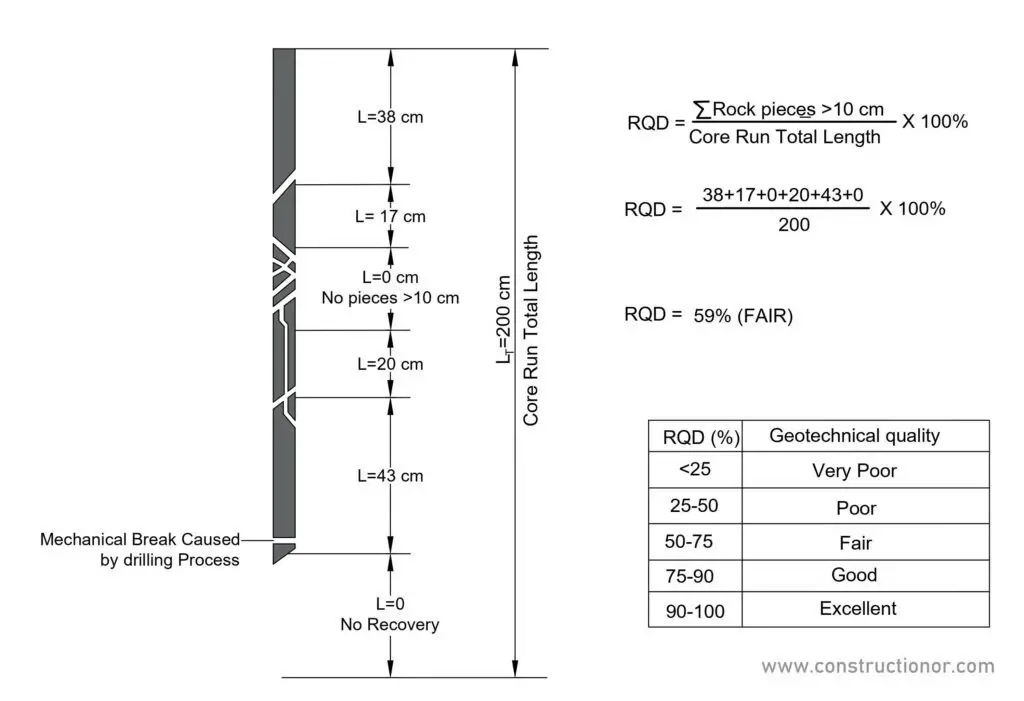



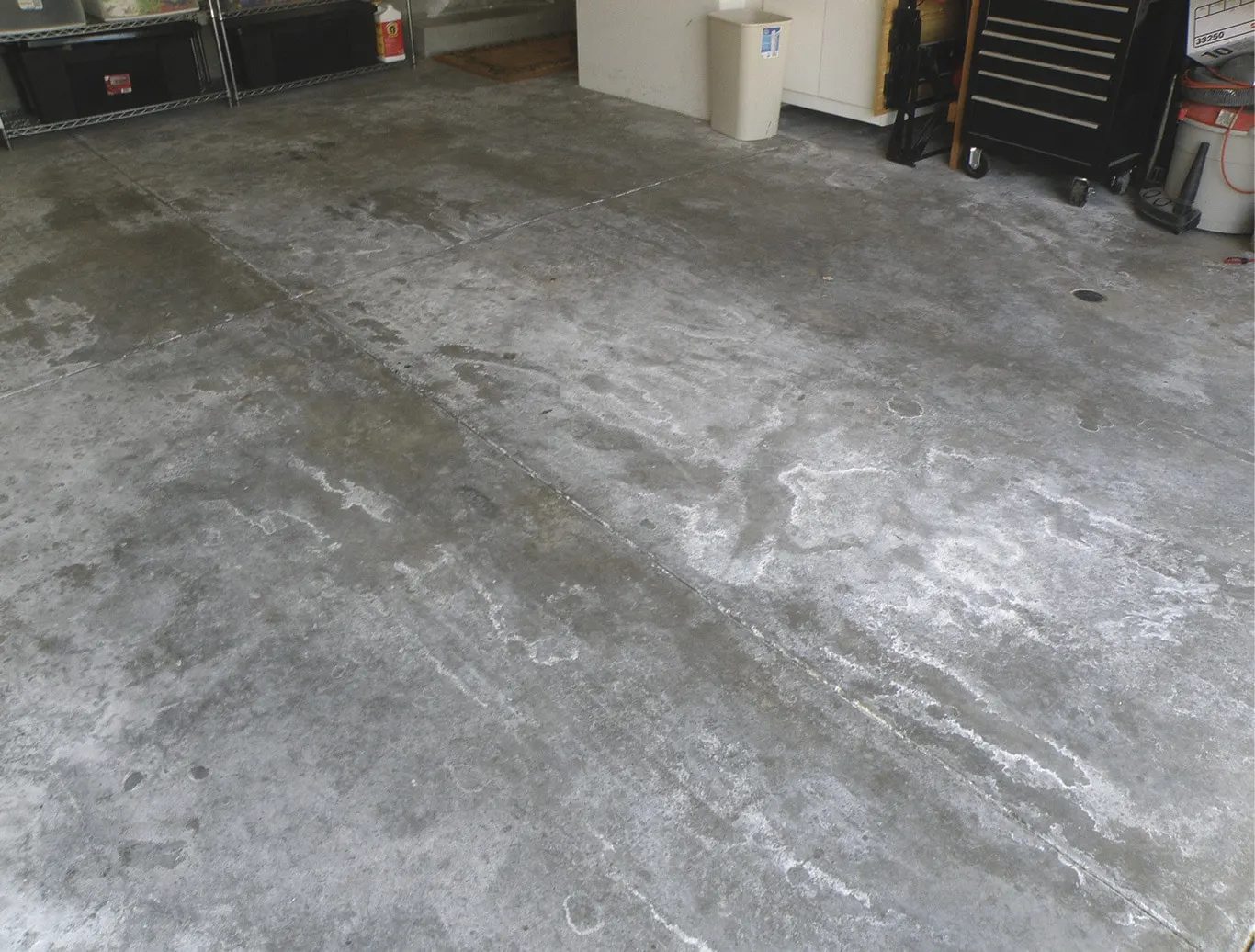
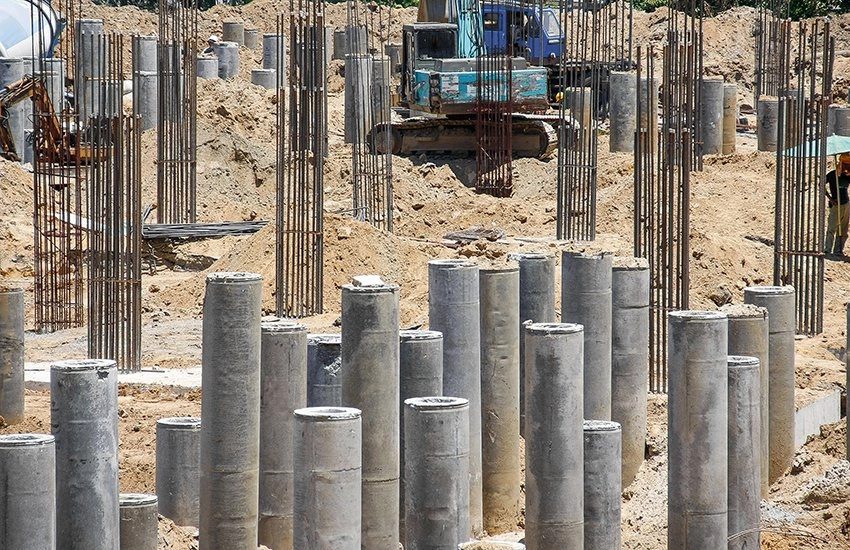

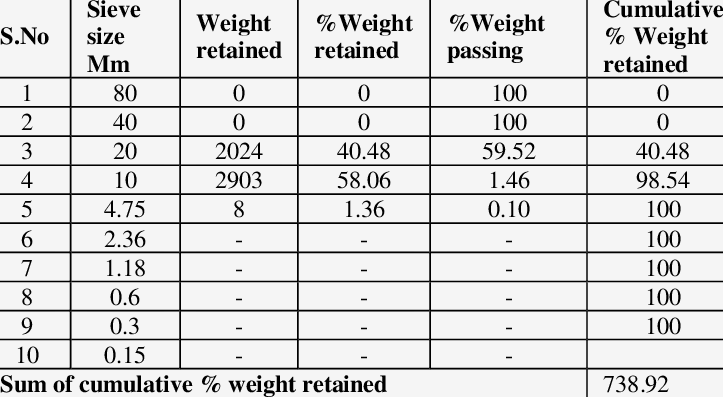
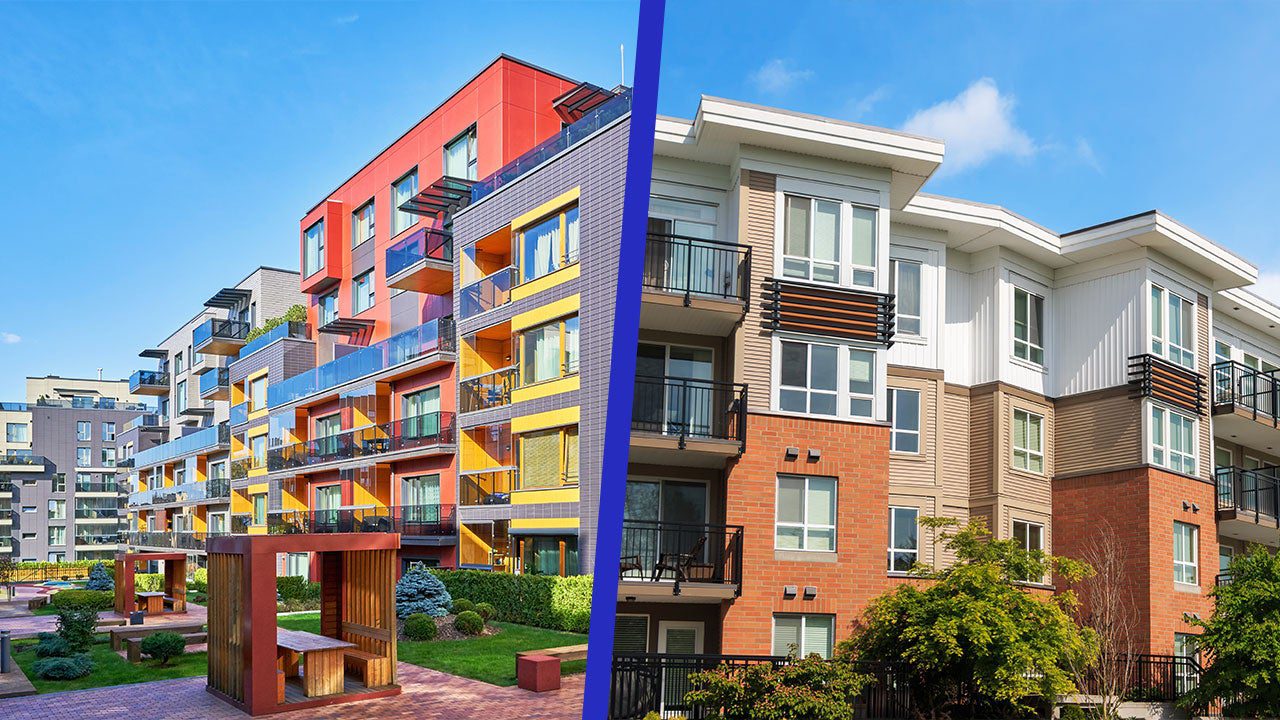
Nice Article…Very interesting to read this article. I have learned some new information. Thanks for sharing.
Thanks for writing this great article for us. I have gained good stuff from this website. Looking forward to your next article. I am happy to share this post to my friends. Keep it up.
I really appreciate that you shared this amazing post with us, thanks for sharing and keep up the amazing work.